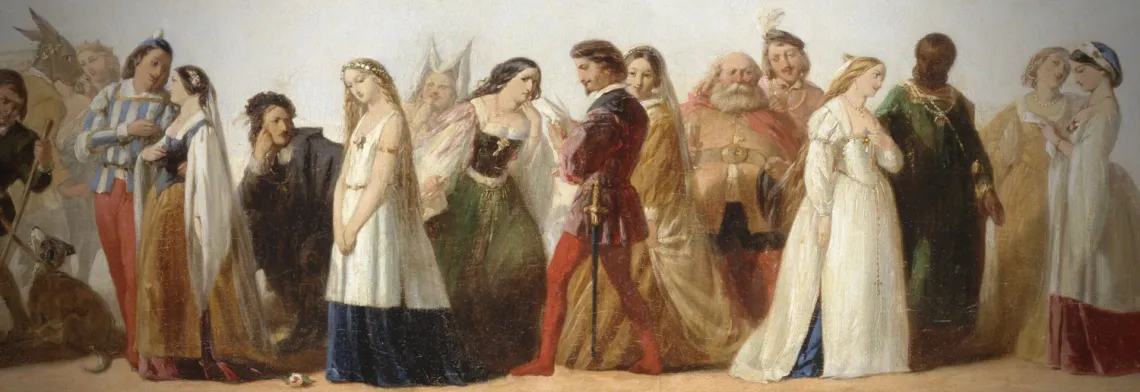Women in Shakespeare: Like the Times, It’s Complicated
If you were going to ask Meg Lota Brown whether or not Shakespeare’s a feminist, don’t.

In Shakespeare’s As You Like It, Rosalind famously cross-dresses as a man to learn more about the man she loves, to teach him how to be a better lover, and to protect herself from other males. She’s smart and subversive, like many of the women in Shakespeare’s 36 First Folio plays.
The 1623 First Folio will be on exhibition at the Arizona State Museum from Feb. 15 to March 15, and English Professor Meg Lota Brown will soon give a talk about Shakespeare’s women.

But if you were going to ask Meg Lota Brown if Shakespeare was a feminist, don’t. “That’s a weirdly uninteresting question,” she says with a smile.
“To ask if he’s a feminist is to say, ‘Which toggle switch is it? Yes, or no?’ Shakespeare was less interested in ‘yes or no’ than he was in the vast area in between. He was fascinated with the messiness of human nature and the variety of human potential—whether man or woman. His characterization was always multifaceted, and poignant, and insightful.”
Basically, he’s complicated, and so was the society he lived in.
According to Brown, in many ways, the Renaissance was not all that different than 2016: “As is the case now, the Renaissance was a time of incredible instability: social, economic, religious, political, scientific—just cultural instability.”
Women had the legal status of property. “Like tables and pigs,” says Brown. They were defined by the man they belonged to. For unmarried women, this was their father; for married women, their husband. In courts, they had the same status as children, imbeciles, and peasants.
And yet, from Desdemona in Othello, to Juliet in Romeo and Juliet, to Portia in The Merchant of Venice, “In a culture that legally defined women as property on the grounds of their inferiority, many of Shakespeare’s most vividly complex, powerful, subversive, and intelligent characters were women,” says Brown.
But, “[…] there are many ways to read his work. It’s like the Bible. You can find evidence to support contradictory positions in the Bible.” And while some call Shakespeare a radical feminist and others, a sexist pig, to Meg Lota Brown, it’s the way Shakespeare engages the contradictions that’s so interesting.
Shakespeare, she argues, both reinforces—by marrying and killing off some of his most powerful women characters—and subverts—by creating powerful women in the first place—his culture’s assumptions about gender.
“We are all untidy—not just one thing or the other—and Shakespeare was very good at exploring the three-dimensionality of people as well as culture.”

